
Coneflowers are among the easiest perennials to grow in your carefree garden.
Low-Maintenance Plants That Return Year After Year
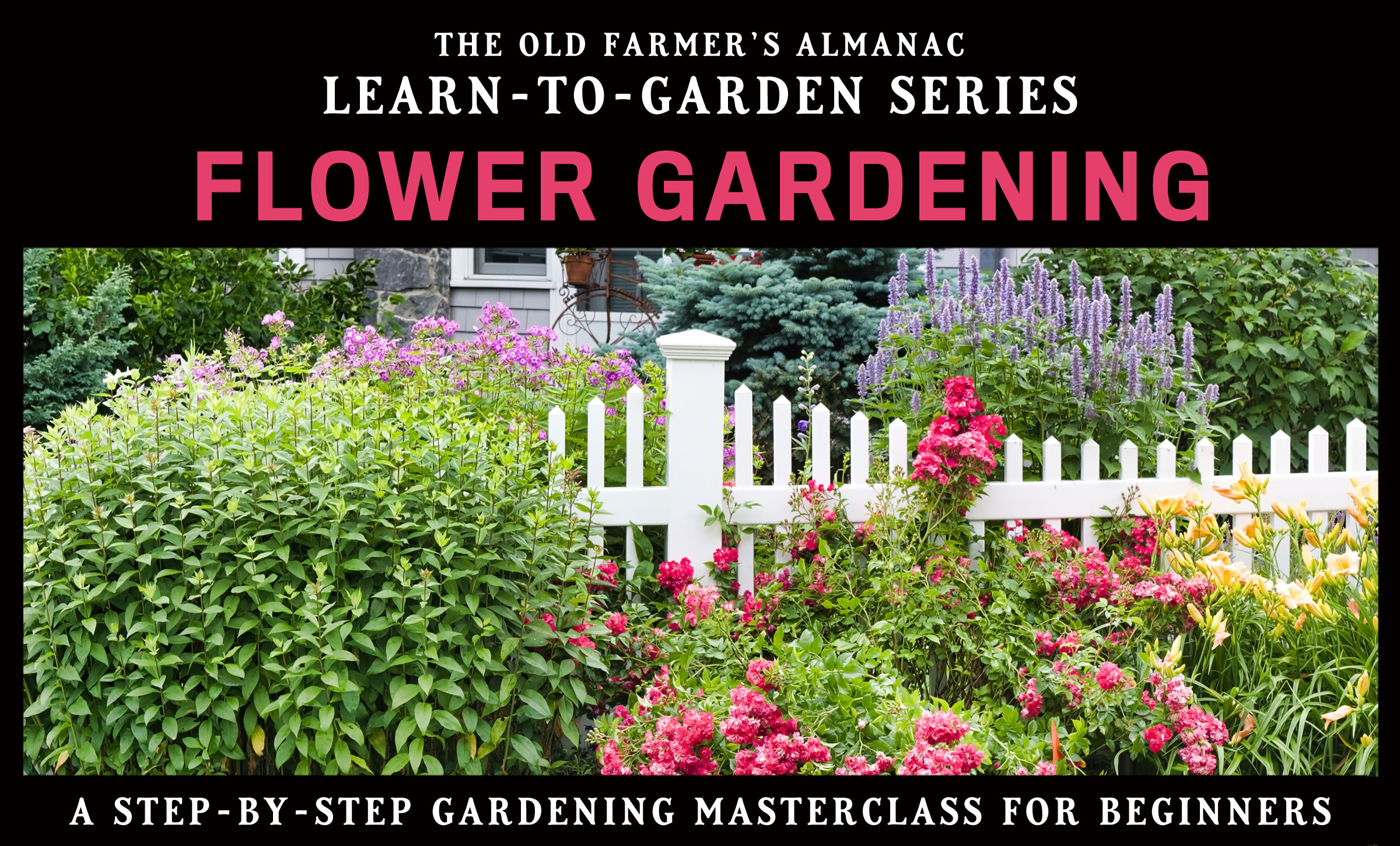
Getting Started with Flower Gardening
Building a Raised Flower Bed Garden
Choosing Flowers
Types of Flower Gardens
Flower Gardening for Pollinators
Growing Flowers in Containers
Spring and Fall Bulbs
Caring for Flowers
ADVERTISEMENT
I see youve added astilbe as an easy perrenial ? Thats not been the case for me. Out of everything Ive grown over the years, astilbe has been the most difficult for me. If your a beginner and want easy...forget the astilbe and add some coral bells. Coral bells are so stinking easy and come in some amazing colors. I have a vibrant yelliw one with a deep purple one flanked behind it and its just gorgeous without any work at all. They dont like full sun though. They are shade loving plants . So anywhere near a tree that provides some dappled sun is perfect .
I'm looking for the old, old rose that blooms continuously in clusters of 7 quarter sized blooms in various shades of pink. Very hard, very thorny!! Older people will say, "Oh, I had 1 of those...." but apparently it has fallen out of favor as I'm still looking for a source. Any help will be very appreciate. Many thanks. Jan
My mom and grandmother had some of the old fashioned roses. I think they were the rugosa rose. I got some and found that they sent up lots of shoots, so they were beginning to take over my area. It was difficult to get rid of them, but they were beautiful and smelled great! Hope this helps.
Hi Janet, Old heirloom roses which are “ramblers” have flowers in clusters of seven. Ramblers usually only flower once a year. “Climbers” come in clusters of five and flower repeatedly, so climbers have become more popular.
There is an interesting heirloom rambler called the “Seven Sisters” rose which is native to China. We wonder if this is the one you are referencing? Here’s a page that has more information.
I love this article which encourages native plants but please remember that foxglove is not native to North America. It’s a very pretty plant and it’s done very well here (it’s naturalized that means it’s become wide-spread) which is why some people think it’s native but it’s from Europe and it’s highly toxic to dogs (and cats) and people. Please consider amending this article and/or run another article about plants that are pretty and easy to grow and sold in stores (like fox glove) but that should be avoided.

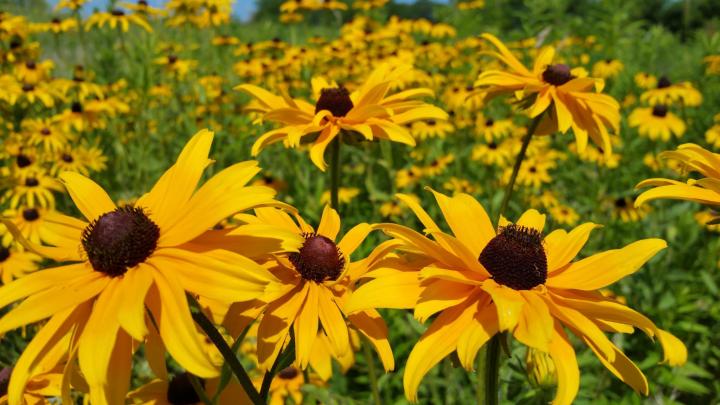
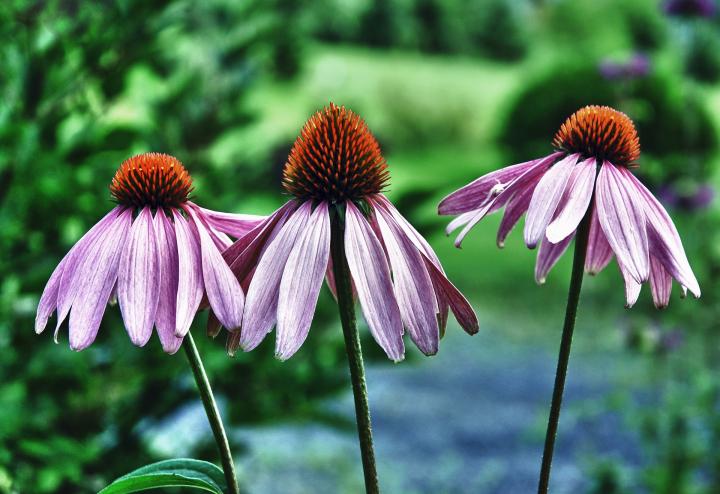
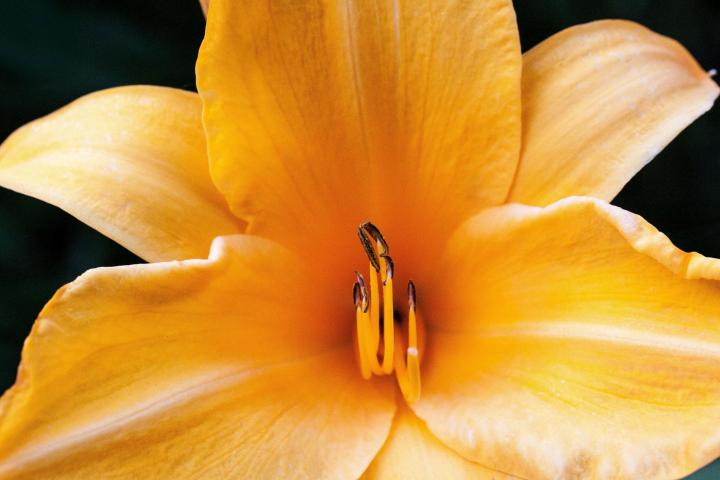
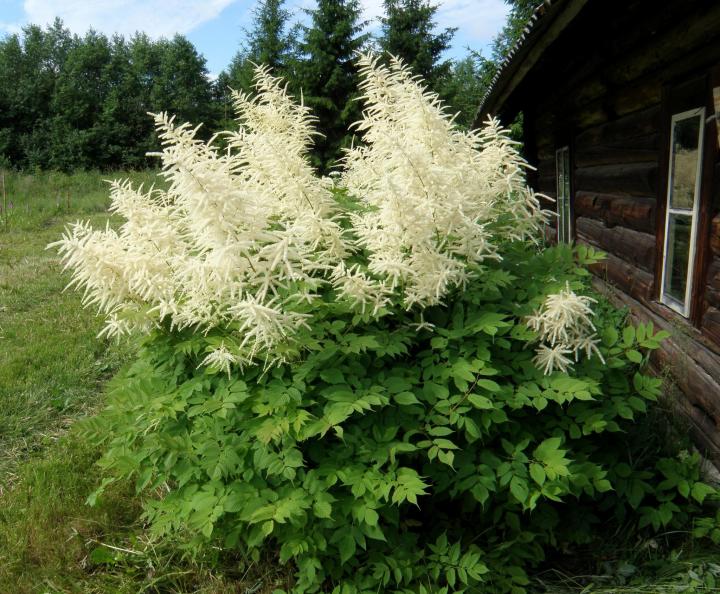
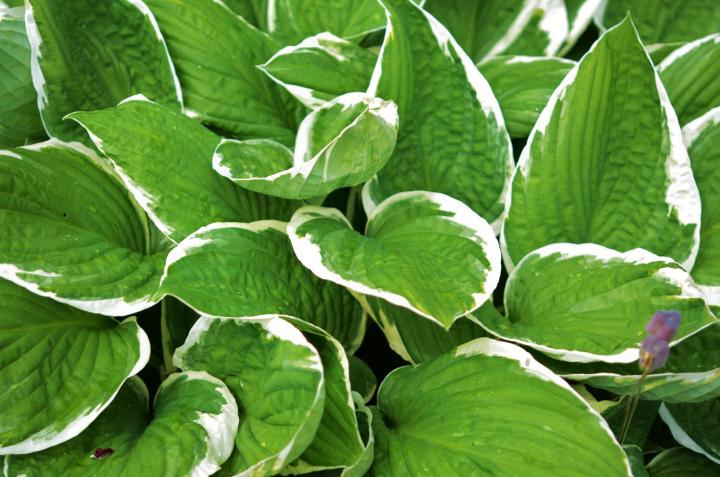
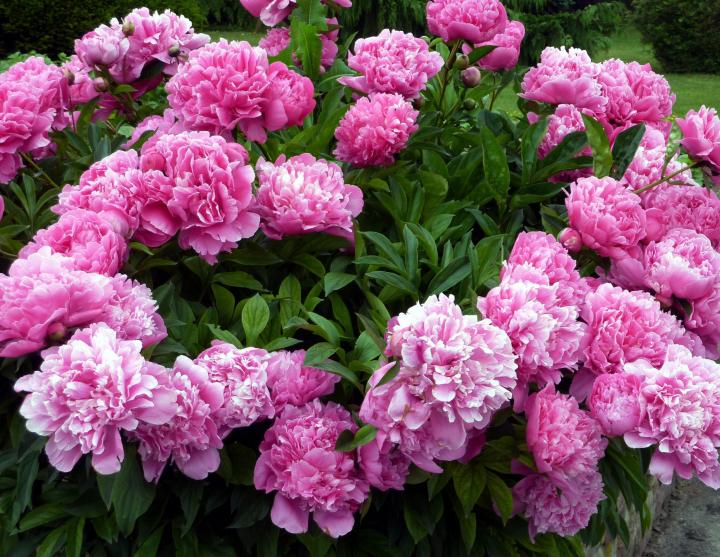
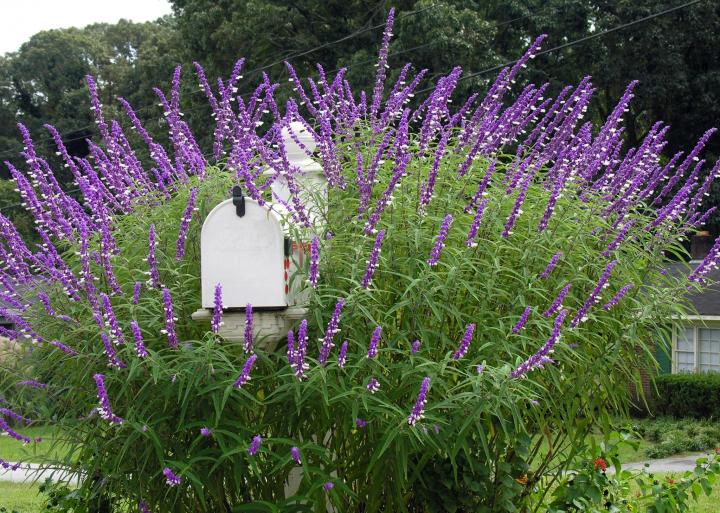
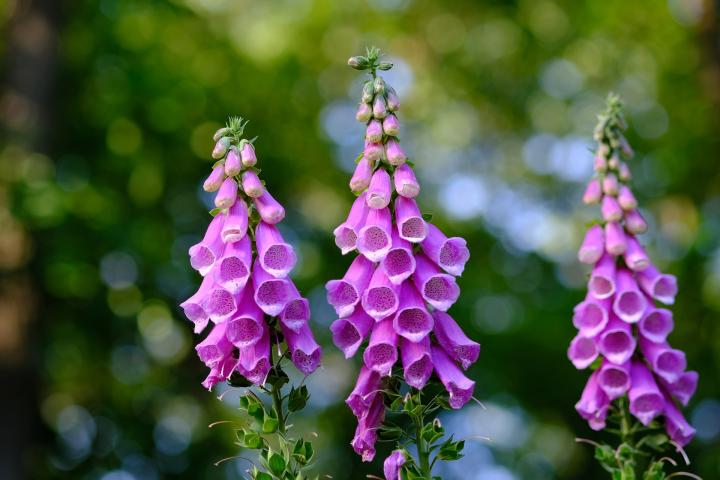
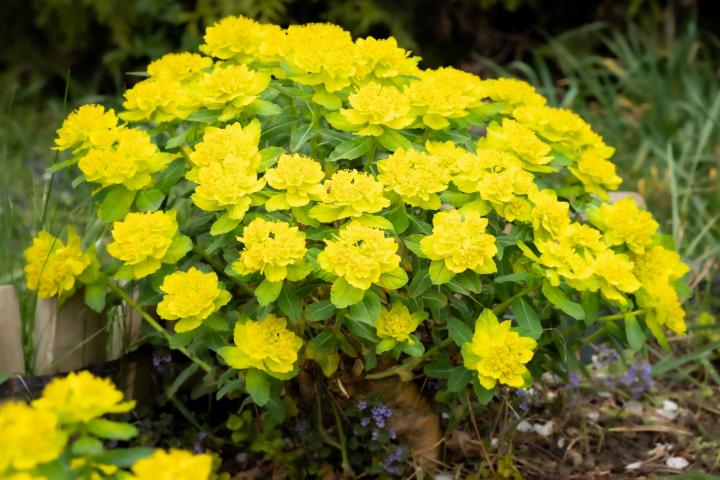
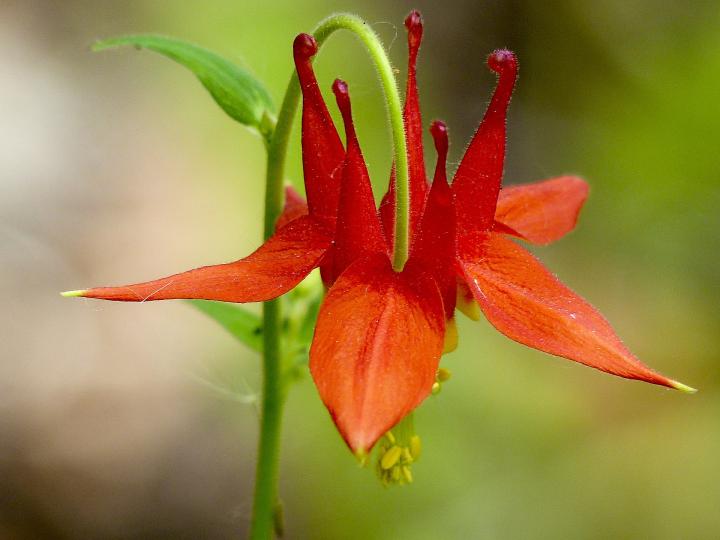
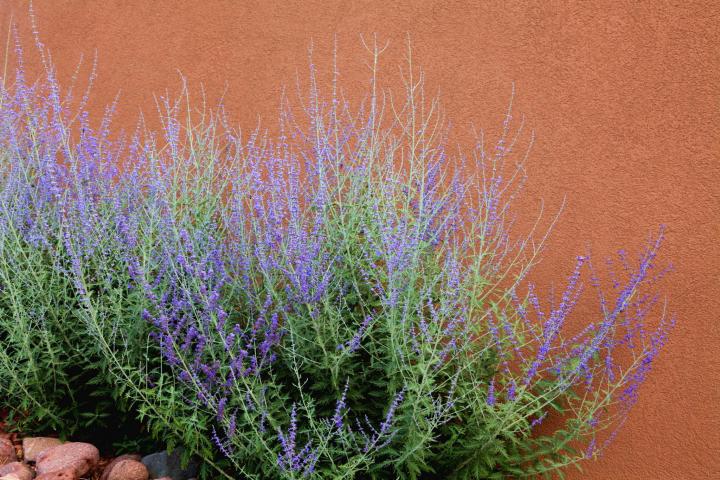
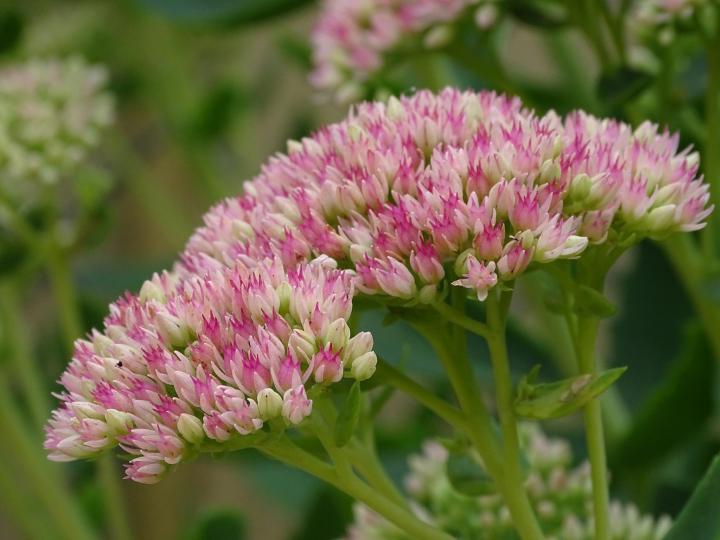
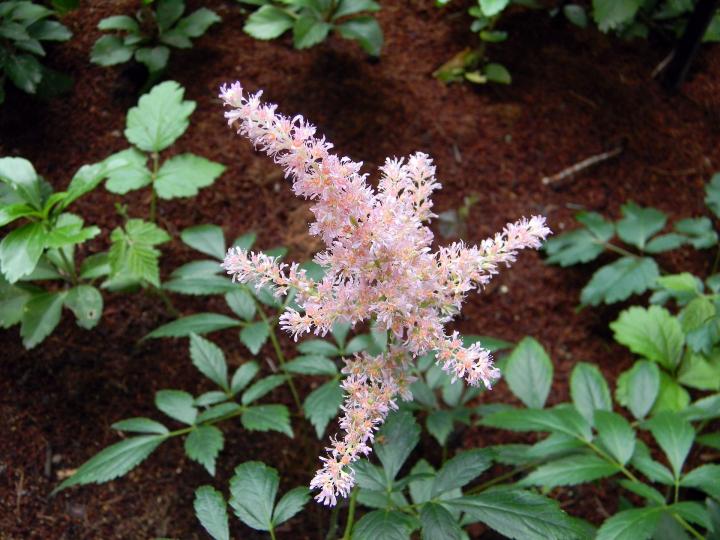
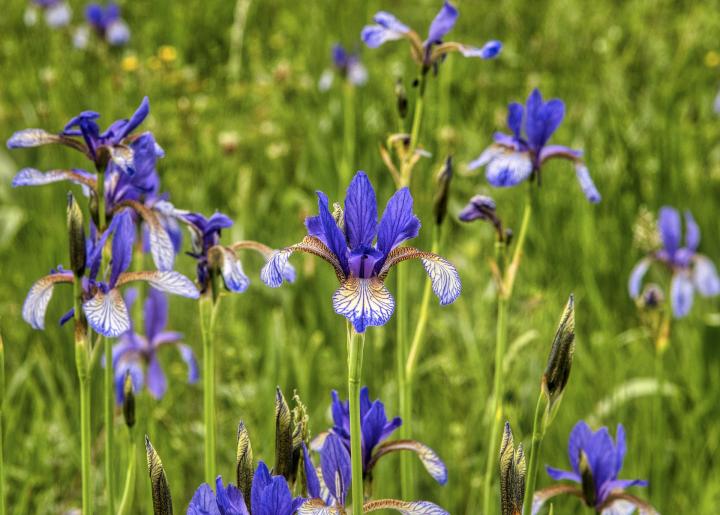
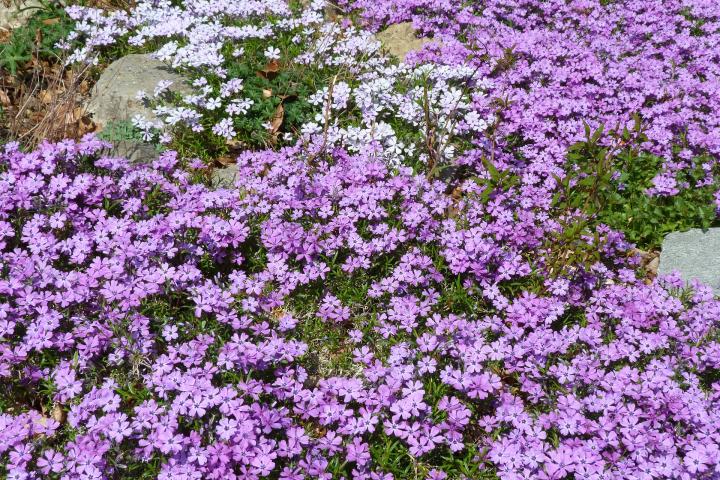
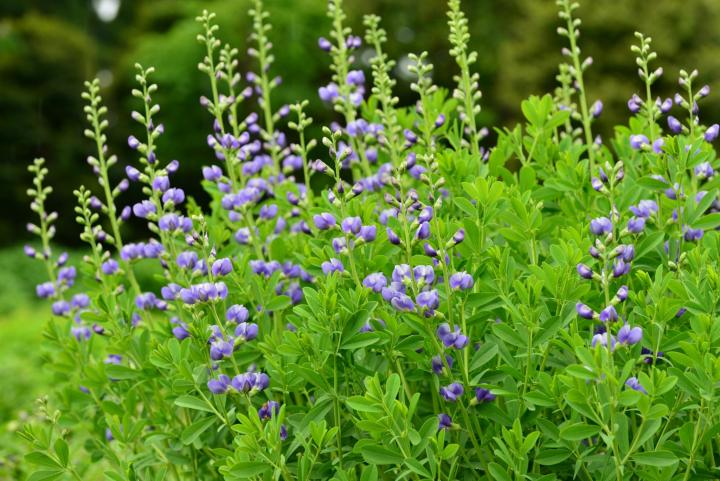
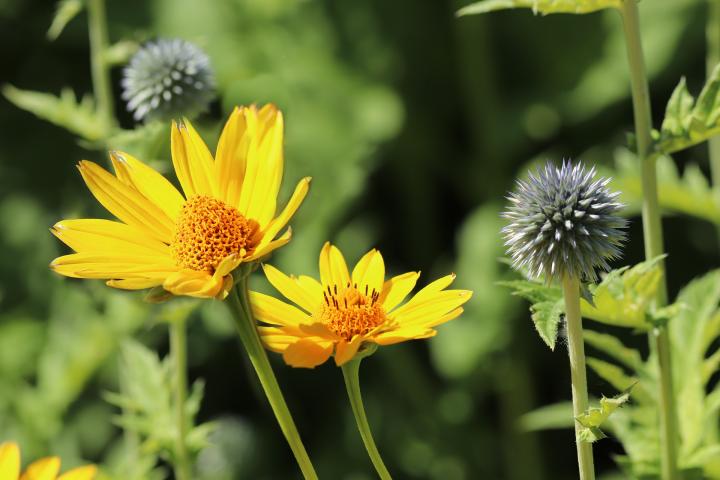
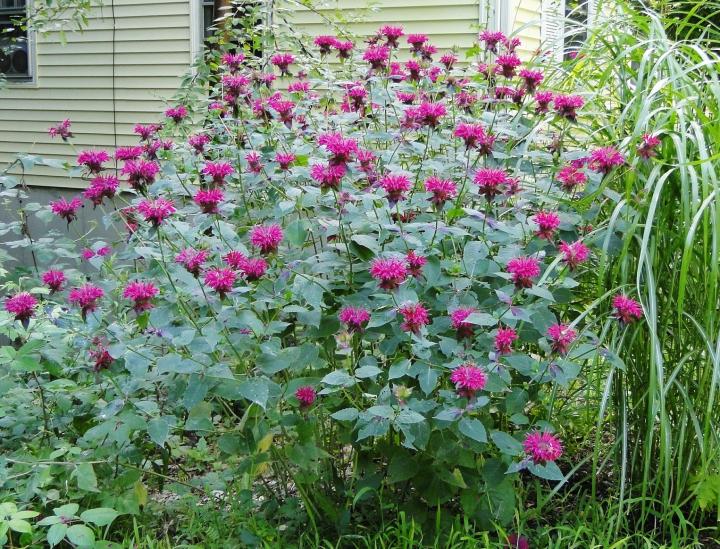
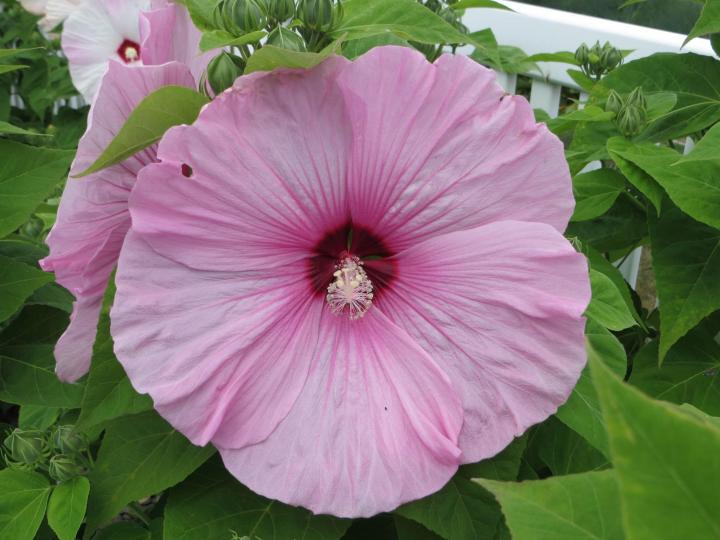
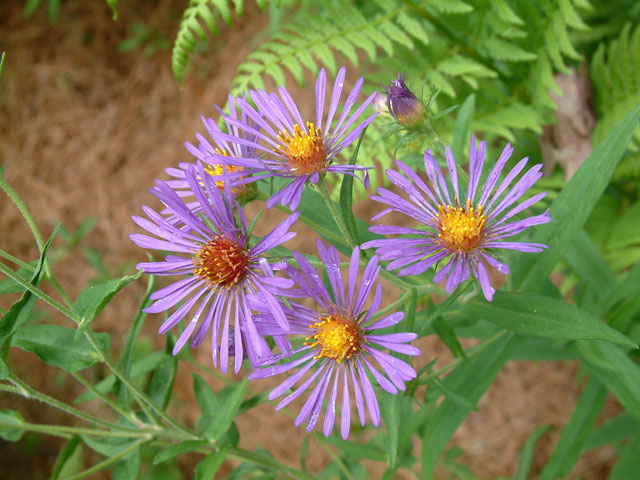


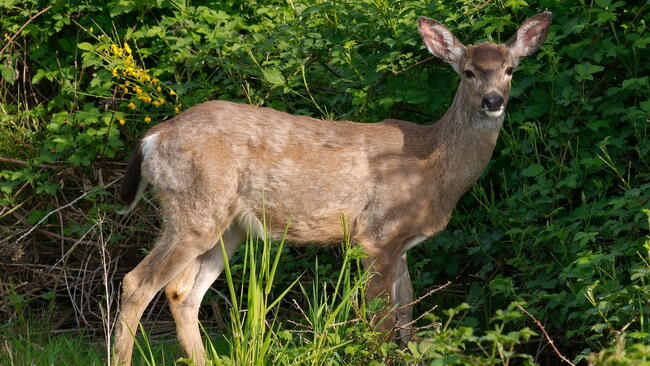





Comments